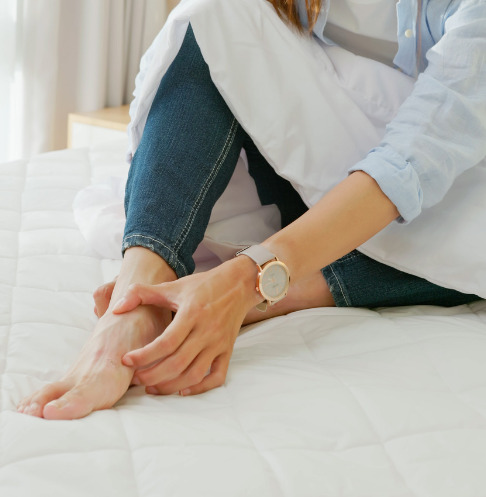Seborrheic Keratosis
Seborrheic keratosis is a common non-cancerous skin growth that typically appears as a brown, black or tan growth on the surface of the skin. These growths often have a waxy, scaly or rough texture and can vary in size from a few millimeters to several centimeters in diameter. Seborrheic keratoses can develop anywhere on the body but are most commonly found on areas exposed to the sun, such as the face, chest, shoulders and back.
Moreover, seborrheic keratoses often have a characteristic appearance, resembling warts, moles or liver spots. They may be flat or slightly raised and also have a well-defined border with surrounding skin.
Causes of Seborrheic Keratosis
Experts don’t completely understand what causes a seborrheic keratosis. This type of skin growth does tend to run in families, so there is likely an inherited tendency. If you’ve had one seborrheic keratosis, you’re at risk of developing others.
A seborrheic keratosis isn’t contagious or cancerous.
Symptoms
A seborrheic keratosis grows gradually. Signs and symptoms might include:
- A round or oval-shaped waxy or rough bump, typically on the face, chest, a shoulder or the back
- A flat growth or a slightly raised bump with a scaly surface, with a characteristic “pasted on” look
- Varied size, from very small to more than 1 inch (2.5 centimeters) across
- Varied number, ranging from a single growth to multiple growths
- Very small growths clustered around the eyes or elsewhere on the face, sometimes called flesh moles or dermatosis papulosa nigra, common on Black or brown skin
- Varied in color, ranging from light tan to brown or black
- Itchiness
Are you suffering from any foot condition? At The Chelsea Clinic, we can help. One of our podiatrist can assist and then recommend what treatments are best to get you back on track. Podiatrist South Kensington
Schedule an appointment here or you may call us at +44 (0) 207 101 4000.
We hope you have a feetastic day!
-The Chelsea Clinic and Team
Learn more about Fungal Nails




